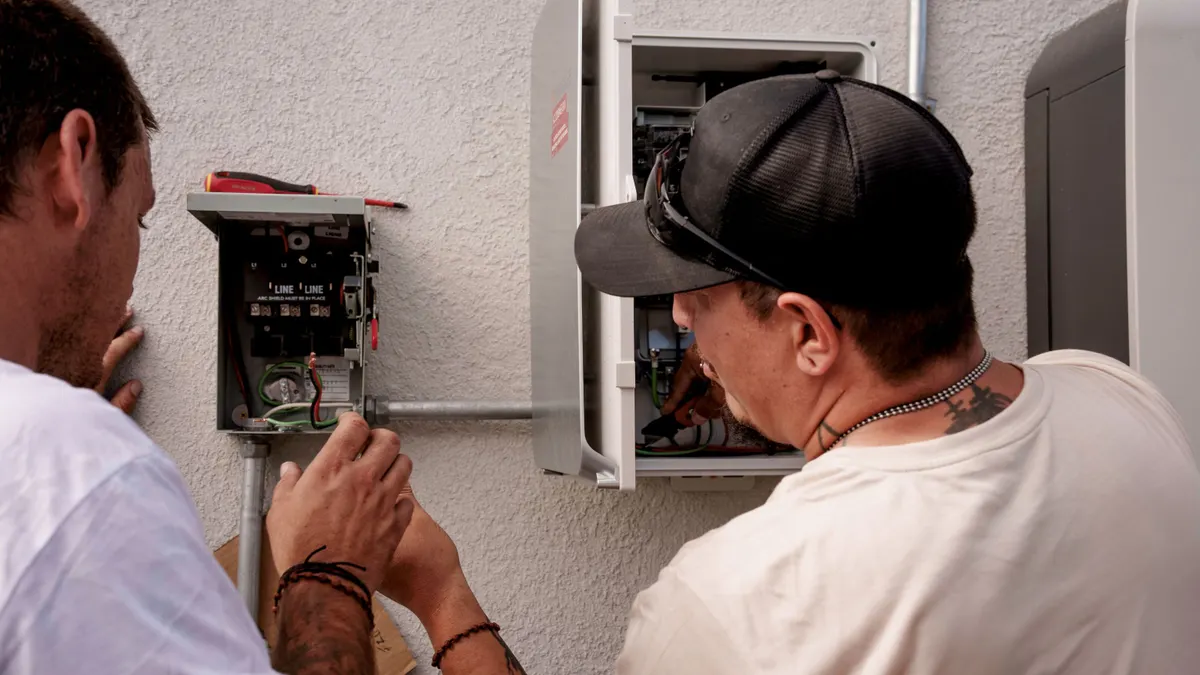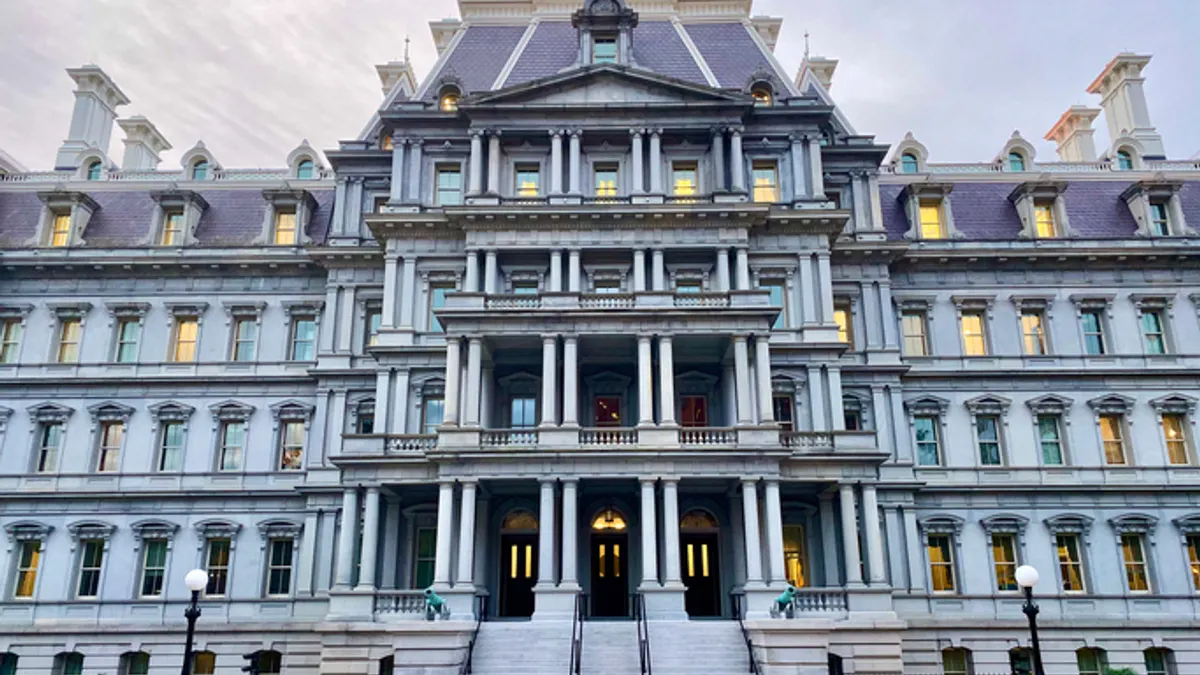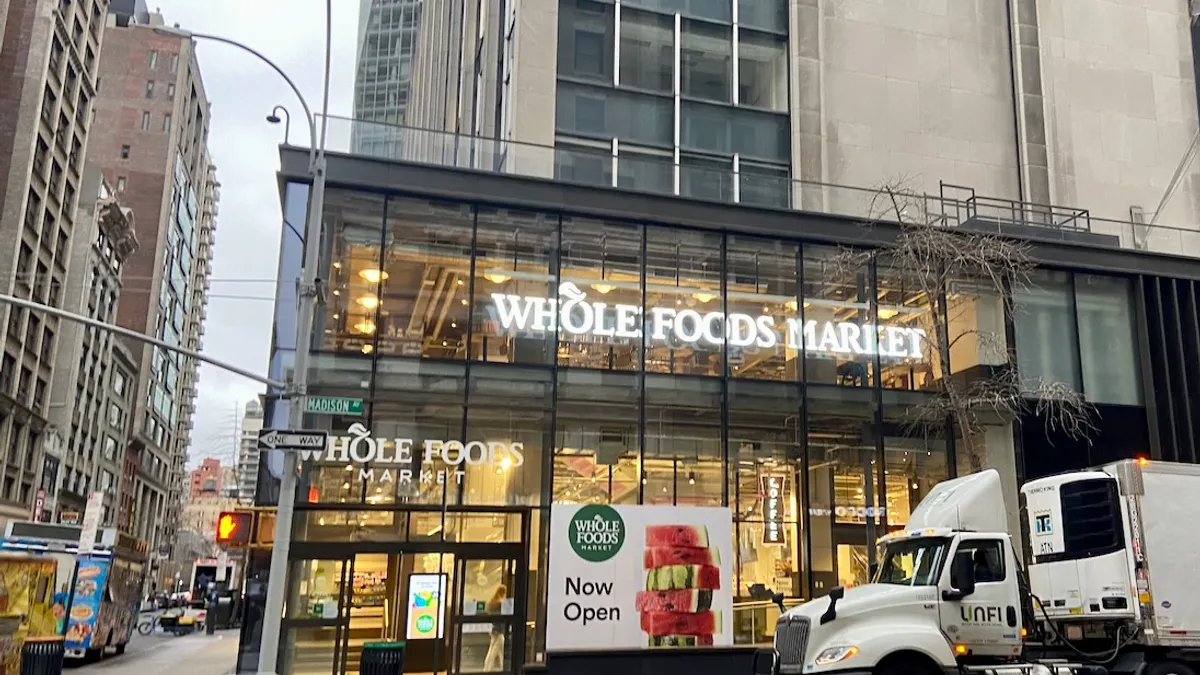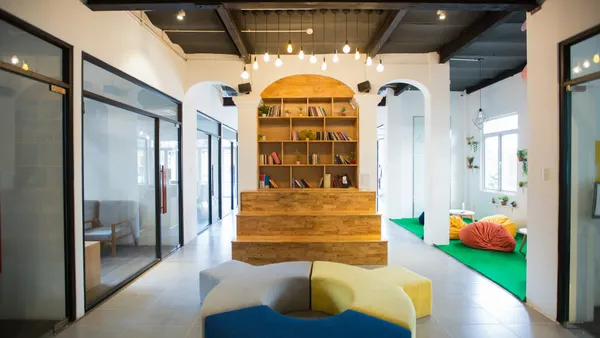After growing steadily throughout 2024, the U.S. life sciences real estate sector is experiencing turbulence in 2025 due to business uncertainty, which resulted in a sharp drop-off in demand for lab space during the first quarter, according to a report by JLL.
Oversupply increased slightly year over year, with the more than 200 million square feet of U.S. lab market space needing 20 million to 25 million square feet of net absorption or supply reduction to return to market equilibrium, JLL says in its 2025 life sciences property report.
“Barring an unforeseen and substantial growth spurt of demand, the likeliest outcome of this period of oversupply is that well-built and well-located buildings will gain market share,” JLL says in the report, noting that landlords with scale and experience in the space are out-leasing their competition. “Buildings without those aspects will face increased odds of distress in the next 12-24 months.”
Although there are high-potential labs in need of updated operations and working capital to provide opportunities, the firm anticipates a supply shake-up, with many building owners unable to wait indefinitely for markets to recover, per the report.
Today, smaller deals are driving market activity, making up 76% of deals closed in the first quarter, JLL said. The firm noted that reductions in tenant demand across the U.S. — influenced by macroeconomics, policy and funding uncertainties — suggest “muted leasing volume growth” through 2025 as the sector grapples with “a rocky decision-making environment.”
JLL says sustained elevated supply has led to significant downward pressure on rents in key markets, namely Boston, the Bay Area and San Diego. Midsize markets —such as the greater Washington, D.C., area; New Jersey; and Raleigh-Durham, North Carolina — occupy a more stable middle ground, showing “decent availability levels and moderate rent changes,” JLL says in its report.
The upsides
There is relative resilience in the U.S. life sciences workforce, coupled with right-sizing and life sciences tenants using their space more efficiently, according to Ian Anderson, senior director of research for life sciences at CBRE. “It’s actually helping stem some of the negative effects of oversupply of life sciences real estate we’ve seen over the last few years,” Anderson said on a CBRE webinar.
“Though we have a while to go to address some of the oversupply in the life sciences real estate space, we are headed in the right direction … with tenants becoming more efficient with space,” Anderson said.
JLL echoed this sentiment, noting that owners of struggling buildings experiencing elevated vacancy levels have started to change uses, leading to a reduction in built lab space that could help to alleviate oversupply. The firm says that it is tracking 3.2 million square feet in the process of changing uses, with half of this due to a pivot toward or lease to a new user type, with the other half due to capital challenges.
One such potential user type is AI-focused tech firms, which are experiencing significant growth and are in need of space, according to CBRE.
While the flight to quality has already begun to force office occupiers to consider less-than-prime buildings, the life sciences sector still has a large supply of high-end buildings available in top markets like San Francisco, according to Mary Hines, vice chair of life sciences in the San Francisco Bay Area at CBRE.
“What we saw during the pandemic was that developers spent a lot of money building out Class A life science buildings, a number of those are still available and in shell condition,” Hines said. “The ones located in the right locations are going to need to catch the eye of these fast-growing AI companies that need space.”
In addition, both life sciences and AI companies share a growing need for reliable power. “Given the long lead times in the Bay Area for power, and how difficult it is to get if your building doesn’t have it, that is creating a lot of demand for buildings that have power in place,” Hines said. “So I do predict that we’re going to likely see a lot of these Class A life science projects get leased by AI companies.”
In addition, there are opportunities for tenants to relocate manufacturing functions — those that are normally pushed to tertiary or secondary markets due to the high cost of building — to be closer to headquarters, which are usually situated in the core markets.
We’ve seen the softening of rents, and landlords have been more competitive in actually giving more tenant improvement dollars,” Hines said. “So that creates the potential for these companies to locate their manufacturing nearby.”


















